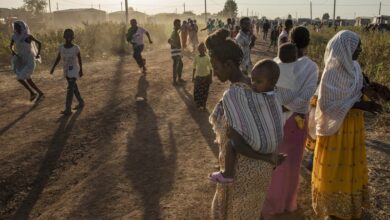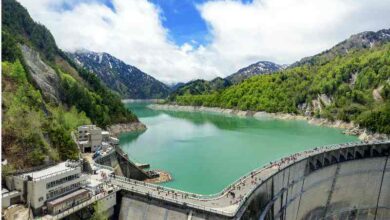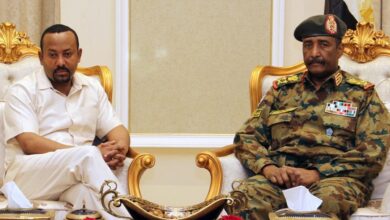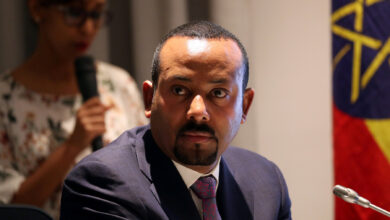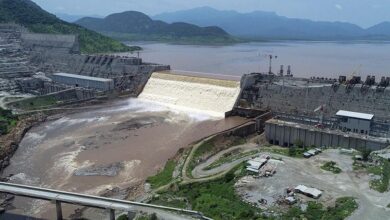Ethiopia
WHO Says It Still Doesn’t Have Full Access to Ethiopia’s War-Hit Tigray Region
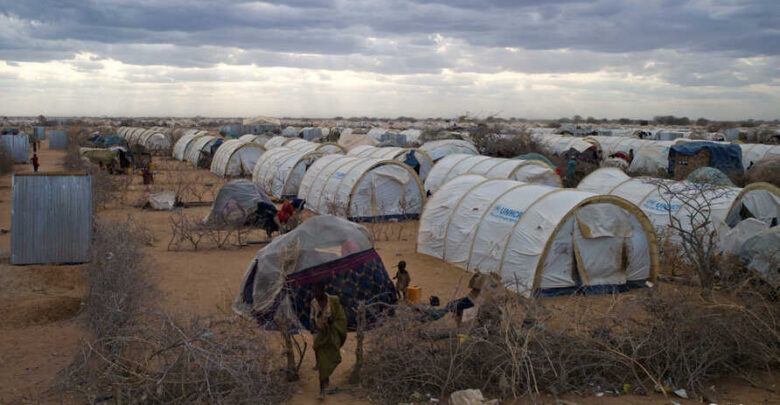
The World Health Organization (WHO) on Friday said it still does not have unrestricted access to Ethiopia’s war-embattled Tigray region as specified in a truce signed a month ago, reported The VOA News.
Last month, the Ethiopian government and Tigrayan regional forces agreed to cease hostilities, a breakthrough reached two years into a war that has killed thousands, displaced millions and left hundreds of thousands facing famine.
“That peace process has not yet resulted in the kinds of full access, unfettered access and in the massive scale of medical and health assistance that the people of Tigray need,” WHO’s emergencies director Mike Ryan said.
He said there were issues in the western region of Tigray in areas under the control of militias, and other areas controlled by Eritrean troops.
The WHO emergencies director said there are still significant parts of the country that are occupied by Eritrean forces, for which there is no access, and very disturbing reports emerging about the condition of the people there.
On Friday, a Reuters news agency report, citing multiple witnesses and aid workers in Tigray, alleged that the Ethiopian supporting forces were still terrorizing parts of the region. As per the report, Eritrean troops had seized food, vehicles and gold in at least a dozen towns in northern and northwestern Tigray since the ceasefire. They allegedly also carried out extrajudicial killings and mass arrests in northern Tigray.
Back in October, WHO chief Tedros Adhanom Ghebreyesus had accused Ethiopia’s government of using the denial of food and health care as weapons of war in Tigray.
In related news, a joint committee of the Ethiopian government and Tigray forces hold inside the Tigray region to outline disarmament plans as part of the peace deal.
The peace agreement says Tigray forces will be disarmed within 30 days of the signing of the deal, and Ethiopian security forces will take full control of all federal facilities, installations and major infrastructure such as airports and highways within the Tigray region.


